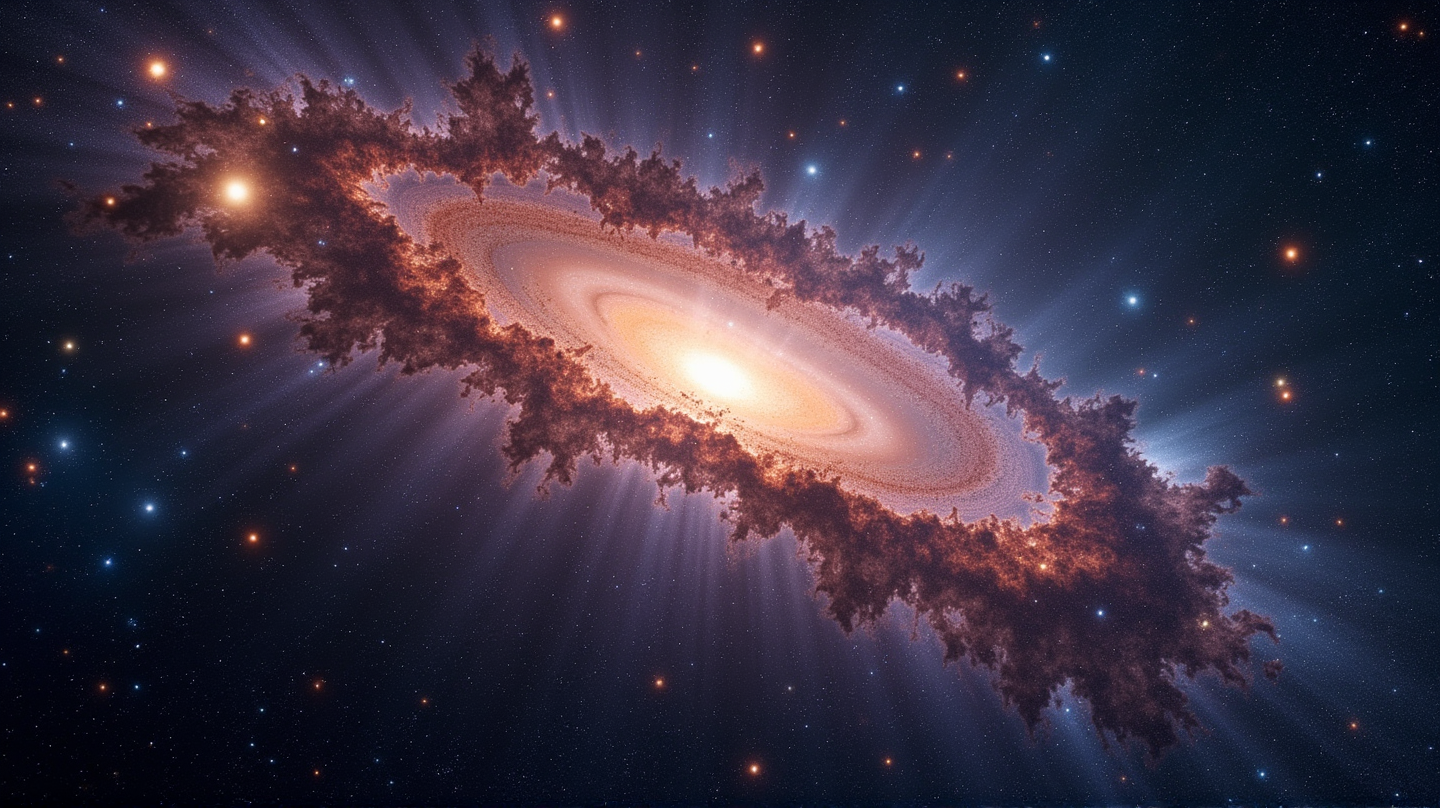James Webb's Cosmic Voyage: 10,000 Galaxies from the Dawn of Time
Revolutionizing our understanding of the cosmos, the James Webb Space Telescope unveils 10,000 galaxies from 13 billion years ago.

Peering Beyond the Veil
In a remarkable revelation, the James Webb Space Telescope (JWST) has reshaped our understanding of the universe by revealing nearly 10,000 galaxies from an era 13 billion years in the past. By utilizing cutting-edge infrared technology, JWST pierced through cosmic dust, illuminating the early universe’s elusive star formations and black holes. This triumphant achievement challenges conventional theories of cosmic expansion and sets a new precedent in the field of astronomy. According to WebProNews, JWST’s images offer newfound clarity on the primordial cosmos, refining our models of galaxy evolution and universal formation.
A Technological Marvel
The technological prowess of the JWST is evident in its advanced instruments, like the Near-Infrared Camera (NIRCam) and Mid-Infrared Instrument (MIRI). These tools have unveiled faint red galaxies previously unseen, challenging Hubble’s legacy by providing unprecedented insights into the universe’s infancy. The gravitational lensing effects observed in these images magnify distant galaxies, aiding in the exploration of proto-galaxies formed post-Big Bang.
Scientific Breakthroughs
The implications of JWST’s discoveries are profound for cosmology. Scientists are investigating these images for signs of Population III stars, which are believed to be the first generation of stars. This level of detail helps resolve longstanding questions about the unexpectedly massive galaxies detected in the universe’s early days. Such breakthroughs could pave the way for a deeper understanding of the standard model of cosmology and set the stage for future space missions.
Collaborative Success
This milestone is the fruit of an international collaboration involving NASA, the European Space Agency (ESA), and the Canadian Space Agency (CSA). Data processing efforts at the Space Telescope Science Institute (STScI) have been monumental to JWST’s success. Coinciding with its third anniversary, this stunning imagery reinforces JWST’s stature as a pivotal tool in space exploration, offering refined methodologies for exoplanet detection and dark matter studies.
Charting the Unknown
JWST’s mission is far from over. Future deep field observations promise to peel back further layers of cosmic history. As researchers integrate this data with upcoming missions like the Nancy Grace Roman Space Telescope, a more comprehensive timeline of our universe may emerge. These efforts not only document its past but actively shape the future of space exploration.
Overcoming Challenges
With the deluge of data produced by JWST, advanced AI systems are necessary for effective analysis, raising questions about computational capabilities and accessibility. International efforts are vital to manage this data influx and ensure scientific knowledge is shared worldwide.
In sum, JWST’s latest achievement is more than a scientific milestone; it is an invitation to reimagine our universe. By bringing ancient light into focus, JWST bridges technology with the wonders of the cosmos, forever changing our cosmic narrative.

